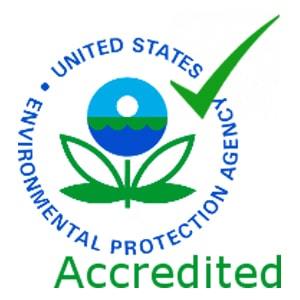It can be easy to overlook the importance of indoor air quality in commercial spaces. In reality, however, having quality indoor air in a commercial space is just as important as in your home. Americans spend approximately 90 percent of their time indoors, and commercial spaces make up a large part of that percentage, especially for those who work in commercial spaces.
The Reality of Sick Building Syndrome
“Sick Building Syndrome” (SBS) is a real health condition that can affect a significant number of individuals. If a commercial space has poor air quality, those who spend a large amount of time in that space can acquire certain symptoms, like headaches, fatigue, dizziness, poor concentration and upper respiratory congestion. These factors can not only affect a person’s health, but also diminish his or her level of productivity. There are various culprits that contribute to sick building syndrome.
- Poor or inadequate ventilation
- Unsuitable humidity and temperature
- Chemical and airborne pollutants
- Ozone emissions from photocopiers and printers
- Formaldehyde
- High concentrations of TVOCs
- Pollution from external sources
Why Green Buildings Aren’t Enough
Even if your building is energy efficient, or “green,” it doesn’t mean that your indoor air is of high quality. In fact, oftentimes the opposite is true, because green buildings are generally more airtight with a subsequent reduction in airflow. This can cause harmful pollutants to remain indoors instead of circulating to the outside. No matter what type of building you have, there are steps you can take to monitor and control the quality of your indoor air.
Monitoring and Controlling Indoor Air Quality
One of the easiest ways to ensure the quality of your indoor air is to have your HVAC system cleaned regularly by a professional. It’s also important to replace the air filter every month. Both of these steps can remove and prevent the buildup of dirt, dust, mold and other airborne pollutants and contaminants. You may also want to install a UV (ultraviolet) lamp inside the HVAC system.
A great option for monitoring your indoor air quality is to invest in continuous monitoring equipment. IAQ (indoor air quality) monitors can detect toxic gasses and compounds, including:
- carbon monoxide
- carbon dioxide
- nitrogen dioxide
- sulphur dioxide
- ozone
- ammonia
- TVOCs
- methane
- formaldehyde
- glutaraldehyde
The monitors can alert users when the air quality has reached a dangerous level, and it can also help you determine if and when you should reduce the use of your HVAC system. For instance, you might find that it’s beneficial to turn it off at certain times in the evening, which could save you money in the long run. All in all, you can improve the air quality in your commercial space by taking proactive measures that help ensure you and others are breathing healthful air.
Follow us for additional information on heating, cooling and more.






